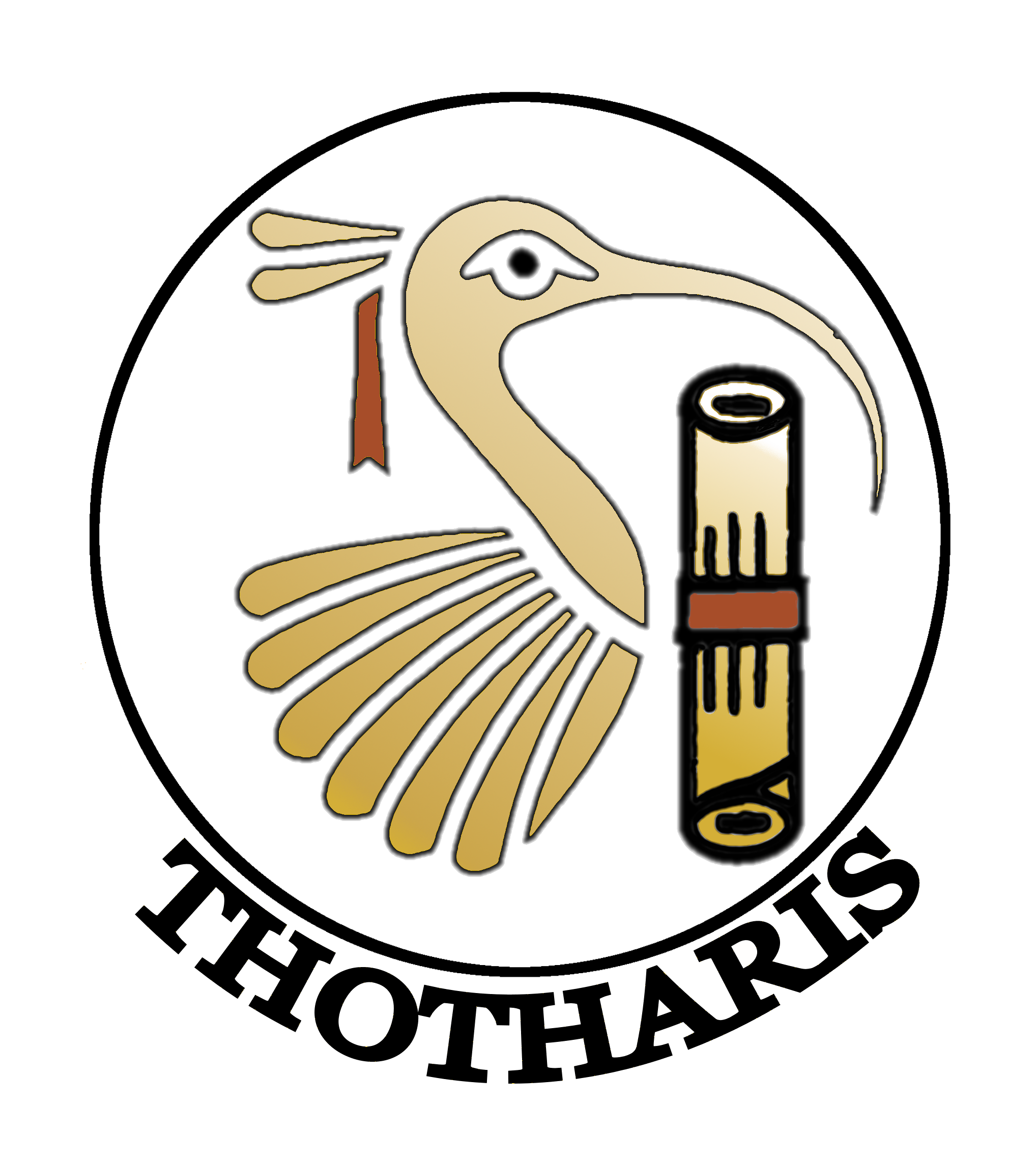Choose Your Destiny: Bilateral vs Multilateral Diplomacy

Share
When I first became a diplomat—back in the days when landlines and fax machines reigned supreme—I had no idea just how different bilateral and multilateral diplomacy really were. In my misguided ambition, I wanted to master both: the depth of bilateral engagement and the complexity of multilateral negotiations.
“Choose one or the other,” my mentors advised. “If you try to do both, you’ll burn out before you can excel in either.” They meant well, but of course, I did not heed the advice, I thought I would be the exception to the rule, manifesting the Dunning Kruger effect in all its glory.
In my first posting, I dove head first into bilateral diplomacy, devouring all I could about the patterns, behaviors, requirements and at the end of the three years I believed that I had learned enough to give me a solid foundation in bilateralism.
Following that initial bilateral posting I wrangled a multilateral position for myself, and once again approached it with the same reckless enthusiasm. I ended up spending three years in multilateral diplomacy, initially struggling with dynamics starkly different from what I knew.
After six years of going back and forth, I finally understood where my mentors were coming from. They had, of course, been right all along. The two fields were entirely separate in scope, focus and methodology. I, now a seasoned diplomat, began giving younger diplomats the same advice: “focus on one or the other,” I advised, but of course, they did not heed the advice; they thought they would be the exceptions to the rule.
The two fields are not the same. They require different sets of skills, that while overlapping in some instances, remain mostly separate. Being good at one does not guarantee excelling in the other. They demand different mindsets, aptitudes, and personalities for optimal engagement. While you could over your career hop from one to the other, you may be better served by finding out which one suits your aptitudes better and specialize.
Sprinting Forward: Multilateral Diplomacy

Multilateral diplomacy is like a sprint, or rather, a series of intense sprints—kind of like interval training. It’s about condensing complex negotiations, coalition-building, and decision-making into short, highly concentrated bursts of activity. Meetings, conferences, and summits are often filled with relentless engagement and high-stakes negotiations, all aimed at achieving tangible outcomes, in the form of resolutions, decisions, or outcome documents.
When you are posted as a representative in a multilateral setting, your set of priorities will be focused on a few key topics, of which you are expected to know all the nooks and crannies. You need to be able to map out the alignment of all other actors compared to yours, identify the potential poles of support and opposition, and determine possible points of contention. Attention to detail is paramount, as is adaptability to rapid change and evolving dynamics.
A multilateralist diplomat needs to leverage mental acuity and agility as they determine their modes of engagement with other representatives, and they need to be comfortable with confrontation to reduce their hesitancy in engaging opposition publicly. The most effective multilateralist diplomats are able to wield their disagreeable sides to engage without hesitation when the interests of their government are threatened on the debate floor.
Effective multilateralists should also have an aptitude for enduring extensive, repeated, and sometimes relentless debates and discussions. They need to be resilient, strategic and patient in their engagements with their counterparts.
Quick and creative thinking are key aspects of a diplomat immersed in multilateral settings. A microcosm of international dynamics, meetings and summits can witness sudden changes and pivots that require rapid responses, and ready reflexes for effective engagement.
Self-confidence, particularly in public settings, is another crucial element of this style of diplomacy. Given that a large part of it is played out in public meetings and settings, having the confidence to speak on behalf of your government in public is critical to your success in this field. Without this confidence, you may miss out on opportunities or hesitate to respond when needed; you have to be ready to openly represent your government’s position, even if it means going against the tide.
It takes resilience, adaptability, and the ability to function effectively amidst uncertainty. You need to balance being agreeable enough to build alliances with being firm enough to stand your ground when necessary.
It is fast paced, highly dynamic, and often adversarial field, requiring resilience, confidence, adaptability, and mental agility to navigate successfully.
Running a Marathon: Bilateral Diplomacy

While multilateral diplomacy demands swift bursts of activity akin to a sprint, bilateral diplomacy, in contrast, requires the steady persistence of a marathon. When you are deployed to your posting, you are expected to build momentum over time. You dive deep into a broad spectrum of topics, and cultivate an extensive network of connections to communicate your government’s positions and negotiate its interests.
In contrast with the fast paced multilateral environment, bilateral diplomacy requires patience, persistence and exhaustive attention to detail. As a bilateralist, you are expected to have extensive in depth understanding of the host government, from the nuances of engagement, to the key actors, to its priorities on the medium and long terms.
You are, as a bilateralist, expected to become a reference point for your entire government when it comes to engaging with your host government. You are expected to identify potentials for cooperation in different fields, and possibilities of disagreements on issues of mutual concern. You should be able to suggest opportunities for engagement, and warn against upcoming challenges. In essence, you become an oracle for your government to resort to whenever it needs to communicate with your host country’s government.
As opposed to the rapid fire engagement in multilateral settings, bilateral diplomacy requires the considered cultivation of relationships with officials, diplomats, and other key actors in the host country. You should, through these connections, be able to provide guidance on optimal methods of connection and engagement. People skills are a sine qua non of bilateral diplomacy.
Delaying gratification is one of the fundamental aspects of bilateral diplomacy. Results are not necessarily immediate, and may occur well after your tenure. Unlike the requirement for immediate outputs in multilateral settings, bilateral diplomacy is more focused on the gradual buildup of the relationship over time, and acknowledging that it is a cumulative process that develops based on incremental steps.
A successful bilateralist is also capable of rebuilding trust and connections when they are lost. Patience is crucial when misunderstandings threaten to undo months or years of progress, and therefore successful bilateral diplomats must be able to communicate effectively to maintain connection and ensure their messages are well-received and understood.
Adapting to entirely new settings is a skill that contributes to successful operation within bilateral settings. Bridging the gaps in understanding between your own government and the host government requires mental agility to encompass and understand the context, and the communication skills to relay the messages between them in the most effective manner. Understanding the nuances of communication, not only of your own culture, but those of the hosts, is tremendously important in achieving progress over time.
In addition to those skills and aptitudes, bilateralists should develop a mastery of pattern recognition. In developing this skill, they will be more able to understand the behavioral norms of their hosts, predict future positions, and potential challenges.
Bilateral diplomacy is a nuanced, multilayered, complex interplay of dynamic elements connecting two countries through multiple channels, requiring a broad range of communication skills, adaptability, endurance, and patience to effectively navigate.
Complementary Roles: The Relay Race of Diplomacy

Though multilateral and bilateral diplomacy require different approaches, they are both critical parts of a comprehensive foreign policy. A country with an effective bilateral diplomatic strategy, with extensive reach and with solid engagement enters into the realm of multilateralism with much of the groundwork already done.
A solid bilateral foundation allows a government to map out support and opposition to their positions before meetings even begin. It can predict where the most difficult challenges will rise from, and preempt them. Bilateral feedback helps inform strategies for effective multilateral engagement.
The bilateral hands the baton to the multilateral, which then wields it in the fast paced dynamic settings we discussed earlier, leveraging it to optimal advantage and building upon its foundations. When a country’s bilateral network is properly wielded, its representatives at multilateral meetings are well-positioned to rally support, build coalitions, and advocate for their positions.
In turn, successful multilateral negotiations lay the groundwork for the longer term work to be done on the bilateral levels. Spreading out from the multilateral center, the bilateral missions receive the baton in their own turn, working to ensure follow through and implementation.
Diplomats setting out in the field should try their hand at both if the opportunity arises, but pay close attention to which of the two fields aligns better with their aptitudes. While ultimately, both paths offer unique challenges and rewards. Finding the one that aligns with your strengths not only enhances your effectiveness but also makes for a more fulfilling diplomatic career.



